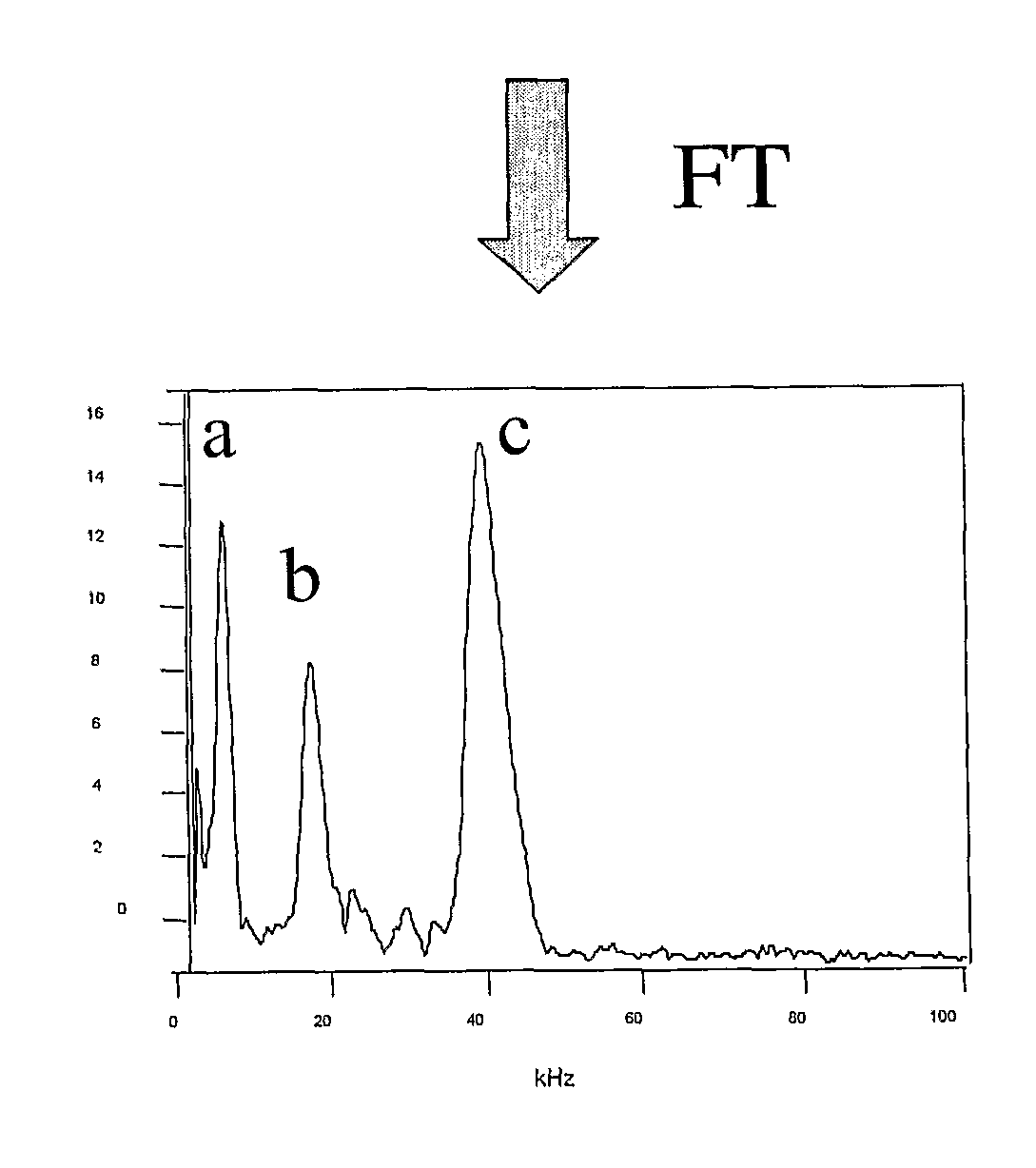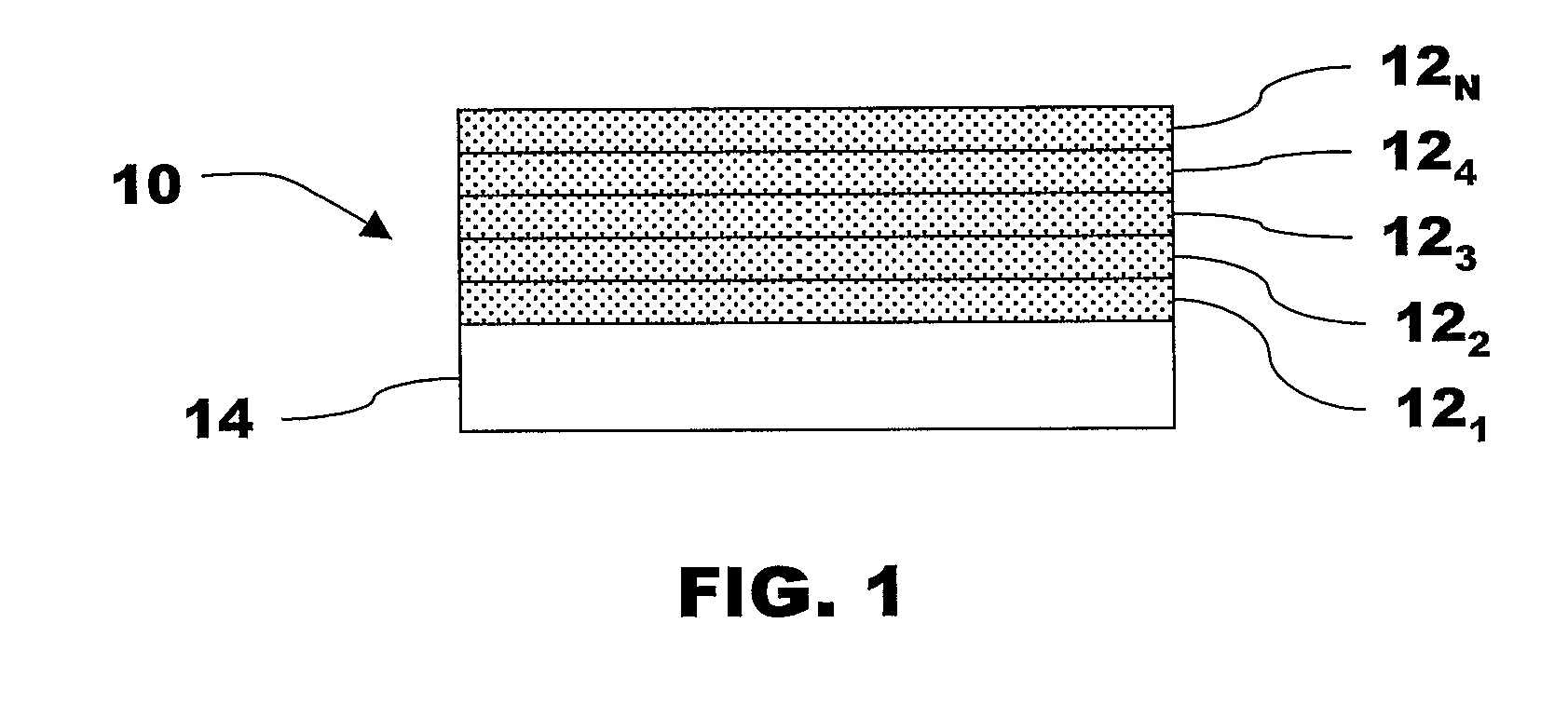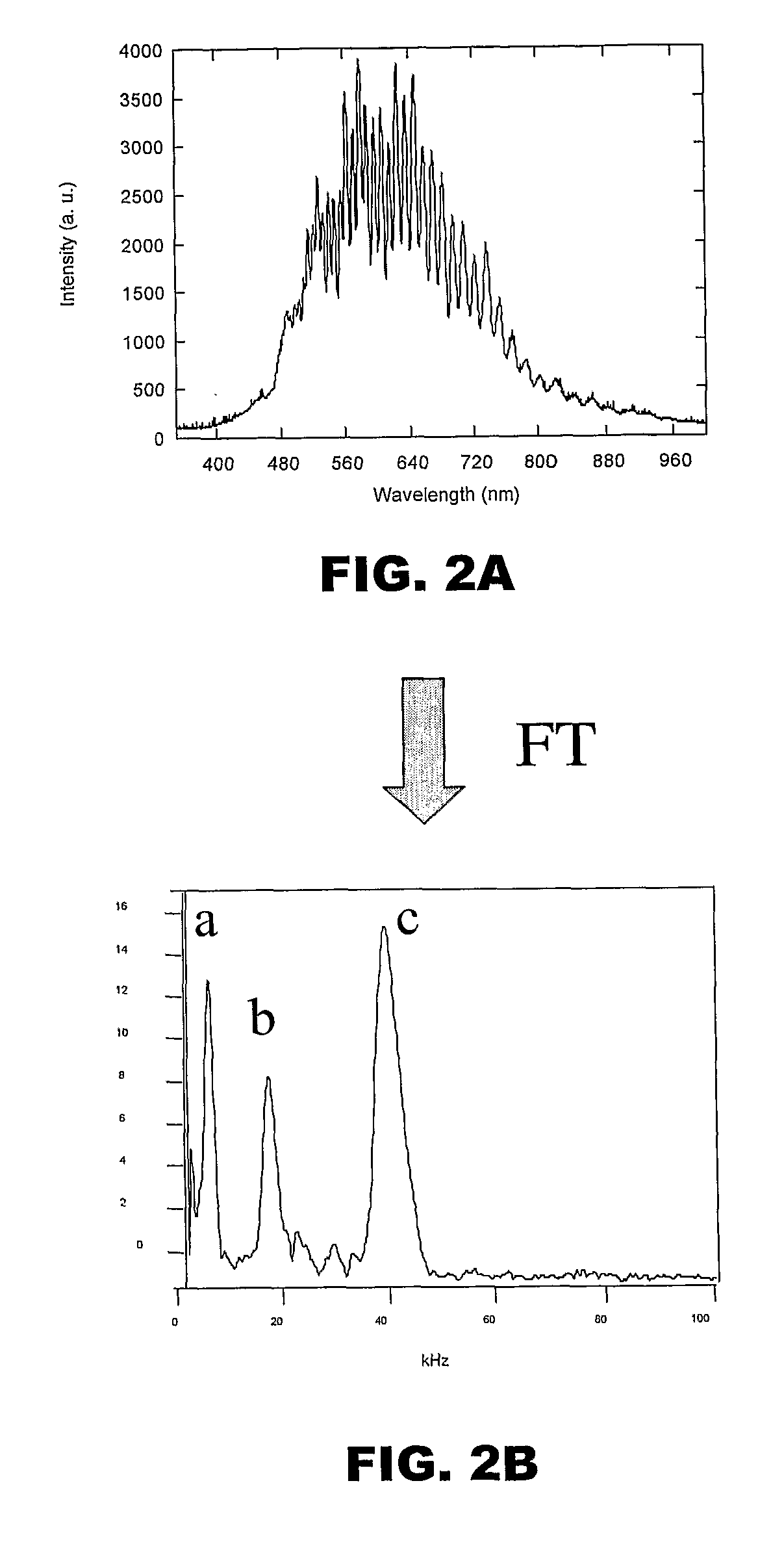Optically encoded particles through porosity variation
a technology of porosity variation and encoded particles, applied in the field of encoded, can solve the problems of slow diffusion rate, difficult to obtain number, and difficult to label/encode itsel
- Summary
- Abstract
- Description
- Claims
- Application Information
AI Technical Summary
Benefits of technology
Problems solved by technology
Method used
Image
Examples
example embodiments
and Experimental Data
[0040]Example embodiments of the invention will now be discussed. Experimental data is included for the purpose of illustrating to artisans the potential of the invention. Where given, equipment is specified only to allow artisans to understand experimental data reported herein. Commercial embodiment devices of the invention may take substantially different form, permitting low cost mass manufacturing, for example.
[0041]A first example embodiment is stand-off detection. This is a chemical detection technique to identify an analyte from a distance. A particle 10 of the invention includes a receptor to sense a particular analyte. Both the code of the particle and an indication of binding of the analyte can be detected in the reflectivity spectrum, for example, with use of a low power laser. The receptor, for example, can be specific to sense biomolecules or to attach the encoded particle to a cell, spore, or pollen particle.
[0042]A test of stand-off detection was ...
PUM
| Property | Measurement | Unit |
|---|---|---|
| refractive index | aaaaa | aaaaa |
| current density | aaaaa | aaaaa |
| current density | aaaaa | aaaaa |
Abstract
Description
Claims
Application Information
 Login to View More
Login to View More - R&D
- Intellectual Property
- Life Sciences
- Materials
- Tech Scout
- Unparalleled Data Quality
- Higher Quality Content
- 60% Fewer Hallucinations
Browse by: Latest US Patents, China's latest patents, Technical Efficacy Thesaurus, Application Domain, Technology Topic, Popular Technical Reports.
© 2025 PatSnap. All rights reserved.Legal|Privacy policy|Modern Slavery Act Transparency Statement|Sitemap|About US| Contact US: help@patsnap.com



